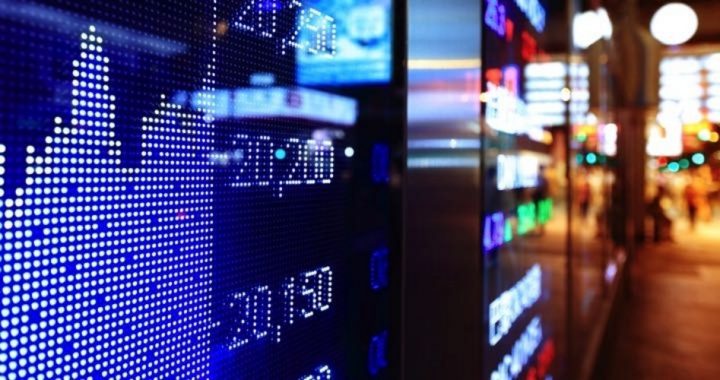
Ivan Martchev, an investment strategist with Navellier Private Client Group, was among the first to call for the Dow to hit 30,000 very shortly. In early May Martchev wrote that “the retail investors’ favorite index — the Dow Jones Industrial Average — looks like it’s going to 30,000.… The same way that charts … were bearish in late 2018, they are bullish now.”
How long could the current economic expansion that underlies Wall Street’s bullishness last? Martchev answered: “The effects of Donald Trump’s policies will likely carry him through the next election without a recession.… Tax cuts have a major effect on economic activity and they tend to have a ‘second leg’ effect.”
When professional market forecaster Yves Lamoureux first called for the Dow to hit 25,000 in early 2016, it was trading around 16,000. He said it would take “three or four years.” It took less than two. Now, as The New American reported two weeks ago, Lamoureux is expecting the Dow will hit 40,000 within the next two years.
That means that it will reach 30,000 first.
Barron’s, the highly regarded weekly investment magazine, predicted in early 2017 that the Dow would hit 30,000 by 2025. On Friday it revised its forecast: “The Dow could reach 30,000 much sooner than 2025.” It wrote: “So long as we can agree that precise targets are folly, we’ll drop [that 2025 date and conclude that] from here, that means 30,000 by the end of 2021.”
The economic fundamentals remain firmly in place. Existing home sales were up 2.5 percent in May thanks to mortgage rates that are now below 4 percent for the first time since January 2018. That is down from nearly 5 percent last fall, a savings of roughly $200 a month for the average home buyer.
Unemployment insurance claims remain close to record lows, but more importantly, continuing unemployment claims decreased by 37,000 in the week that ended June 8.
Inflation remains tame while retail sales increased 0.5 percent in May compared to April, and April retail sales were revised upward as well. The services sector of the U.S. economy, which accounts for 88 percent of its gross domestic production, keeps expanding, with gains showing up at restaurants, electronics stores and sporting goods shops. Lower gas prices are resulting in increases in gas station sales, rising 0.3 percent in May from the previous month.
The policy statement from Fed chair Jerome Powell last week signaled that interest rates are likely to be cut — some say more than once — before the end of the year, a move that cheered Wall Street.
Wall Street is watching the upcoming trade talks between Donald Trump and Chinese communist dictator Xi Jinping later this week. A breakthrough, or just the suggestion of the possibility of one, would support Wall Street.
But the real driver of the economy was indirectly celebrated on Wednesday when President Trump awarded the Presidential Medal of Freedom, the nation’s highest civilian honor, to a 78-year-old economist from the Reagan administration: Arthur Laffer. Not only did Laffer, with his celebrated “Laffer Curve” that introduced into common use the phrase “supply side economics,” impact the economy under Reagan (“Reaganomics”), he did the same with Britain’s Prime Minister Margaret Thatcher. The impact of his advice was felt positively for decades and reverberated around the world.
Laffer was an advisor to the president during his 2016 campaign, helping to craft his tax policy, which would become The Tax Cuts and Jobs Act of 2017 — widely praised by corporate America for its reduction of corporate taxes from 35 percent (among the highest in the world) to 21 percent (among the lowest). As a refresher, the day after Trump was elected president (November 9, 2016) the Dow closed at 18,138. Last Friday it closed at 26,719, a gain of more than 8,500 points, or 47 percent.
The Laffer Curve is simplicity itself. It is predicated on the premise that lower taxes would result in increased economic activity. Laffer sketched out his famous graph on a paper napkin, which is now on display at the Smithsonian.
The Dow would have to gain 3,281 points from its current level to reach 30,000, or 12 percent. That may seem to be a stretch, but remember that the index has already gained 14 percent for the year, and it isn’t even the end of June.
Photo: samxmeg / E+ / Getty Images Plus
An Ivy League graduate and former investment advisor, Bob is a regular contributor to The New American primarily on economics and politics. He can be reached at [email protected].
Related article:



